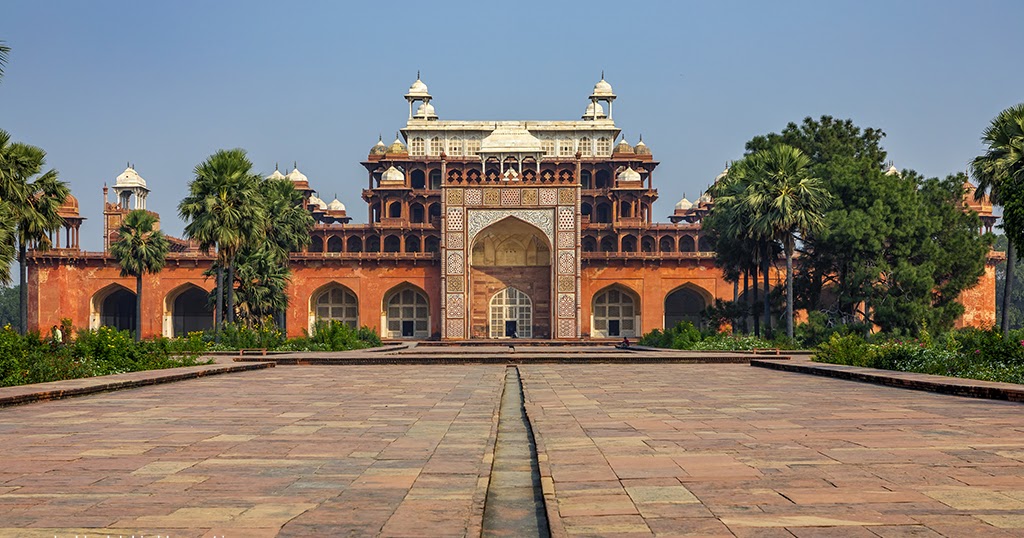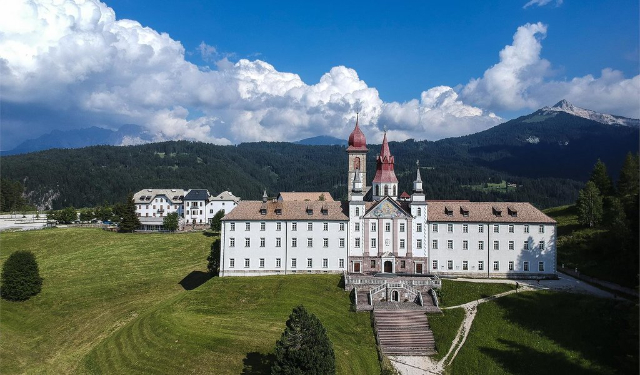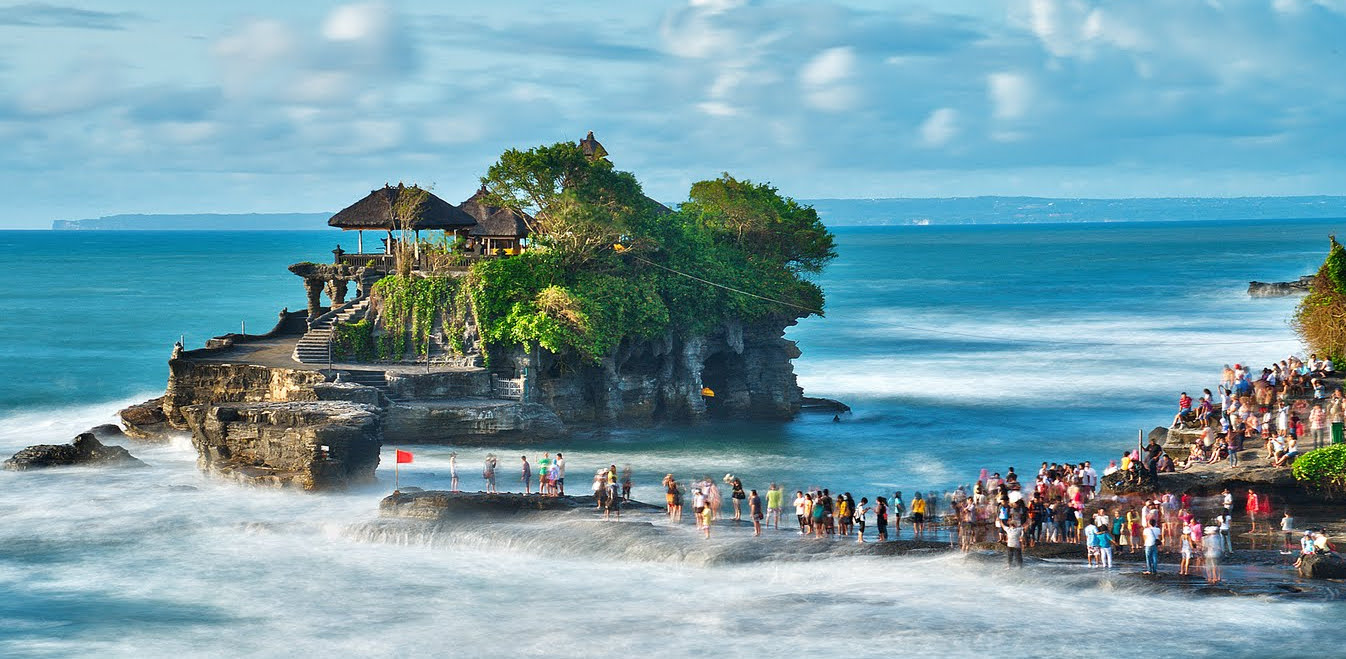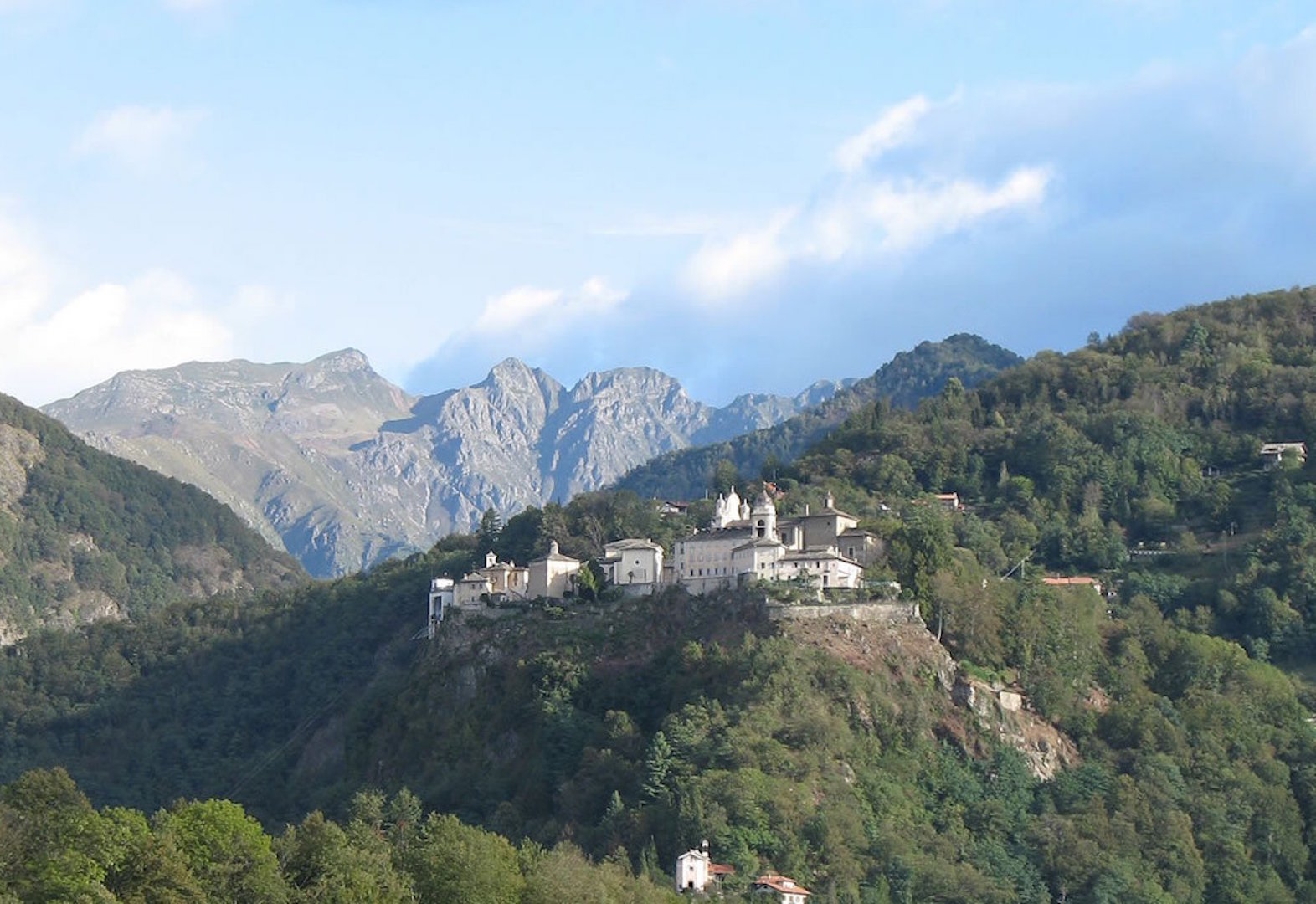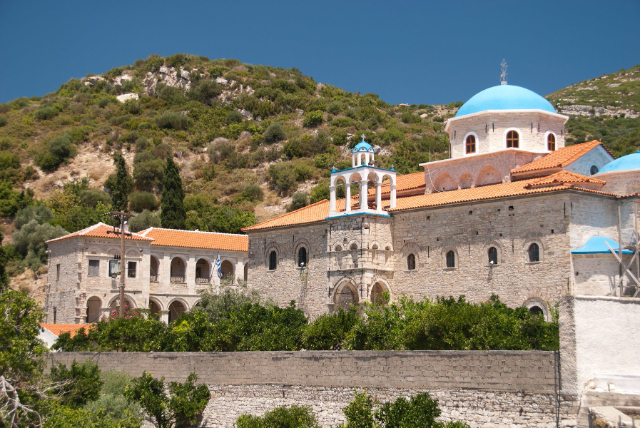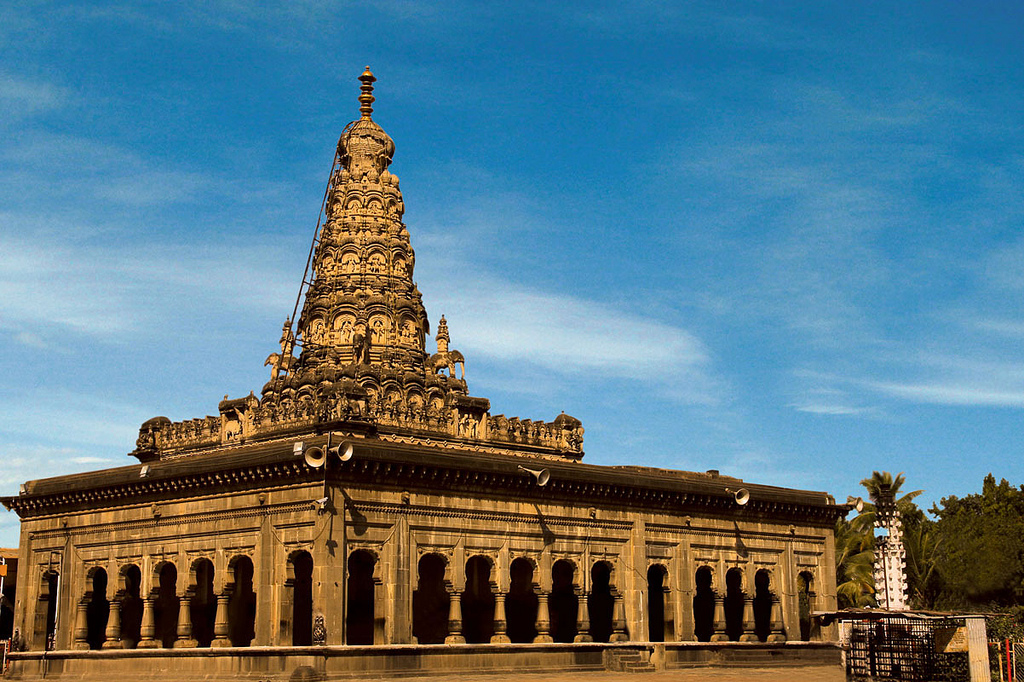It was the third Mughal emperor himself, Akbar the Great (1542 – 1605), who began the construction of the monument around 1600, following the ancient Tatar tradition that one should begin the construction of the tomb during one’s lifetime. It seems that it was Akbar himself who designed the building and chose its location. Upon Akbar’s death, the construction was completed by his son, Jahangir, in 1613. The mausoleum is located at Sikandra, 10 km northwest of Agra Fort.The mausoleum is surrounded by a beautiful garden that provides a tranquil setting to the last resting place of this great ruler. The British had introduced some antelopes into this enclosure and today there are probably around 50-60 of them.
The red sandstone and marble mausoleum, without a dome, reveals the influence of the vihara, the traditional Hindu monastery, and highlights the mixture of ornamental motifs and Islamic, Hindu, Buddhist and Christian architectural elements, following the syncretist religious philosophy developed by Akbar himself.The grounds create an exact square with a side of 690 metres, aligned with the cardinal points, surrounded by walls and laid out according to the classical layout of the chahar bagh garden. An entrance portal stands out in the centre of each perimeter wall and wide paved walkways – arranged according to Mughal tradition with central water channels representing the four rivers of Paradise – lead from the ends to the mausoleum, located in the centre of the square.
The southern gate is the largest: equipped with four white marble minarets crowned by chhatris, very similar – but dating back to earlier times – to those of the Taj Mahal, it is generally used as an entrance to the tomb. The tomb, in turn, is surrounded by a square wall with a side length of 105 metres. The inner building takes the form of a four-level pyramid, topped by a marble pavilion containing the false tomb. The real burial, as in the other mausoleums, is placed in the basement.
